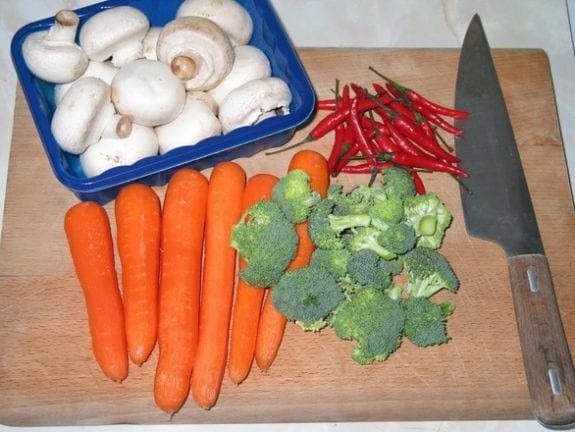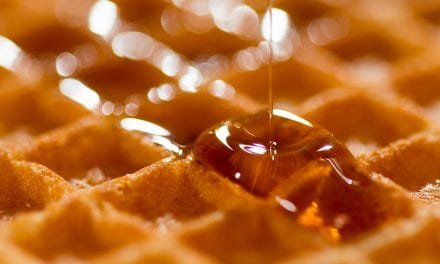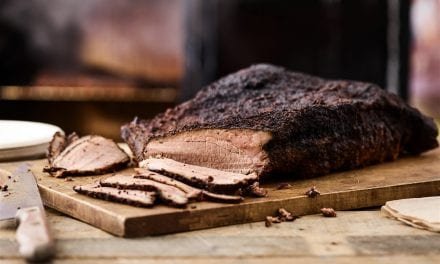By Paul Burton
Choosing kitchen knives can be confusing, time-consuming and boring. To save you time and make your choice easier, we’ve decided to make a quick guide showing you what you need to consider before you purchase. Here are some basic tips and facts which can help you choose the most appropriate utility knife and use it in the best and safest way:

How to choose a knife for your kitchen
The most important knife for a kitchen is the chef’s knife. Good quality chef’s knives can be quite expensive, but remember that if you buy a high quality chef’s knife, and take good care of it and use it appropriately, it can actually las you for a lifetime. This is why you should invest wisely when looking for a chef’s knife. Makes sure you go to a store which allows you to handle the different knives, so that you can get a real feel of its weight and its comfort of use. You must make sure that you can get a proper grip of your knife, and that it isn’t either too light or too heavy for you. You should try out the different types of knives to ensure you can get this proper grip, which will make the knife more comfortable, efficient and safe. Hold the blade with your forefinger and thumb tightly and the handle with your three other fingers curved comfortably around it. Of course, you will need other knives for your kitchen, such as: serrated knives for slicing soft foods and a paring knife.
Keep your blades sharp
The sharper the blade of your knife – the safer and more efficient it is. A sharp blade will allow you to properly cut and slice soft and delicate foods, such as tomatoes, meat or herbs, without ruining the product while at it. More importantly, a sharp knife will provide you with more stability and control. Using a dull knife can cause the knife to slip off and cause an accident. So, regardless of what you may be thinking – a dull knife is not a safer knife. It is actually quite the opposite, so make sure your kitchen knives are always nicely sharpened for better performance and increased safety and control of your cutting tasks. There are a ton of knife sharpeners – electrical or manual, sharpening stones or full-blown sharpening systems. Visit Perfectblades to learn which sharpening tool is the most suitable for your needs.
Preparing a cutting station
Choose a cutting board which will not do too much damage to your knife by choosing between a plastic or wooden one. Make sure that the board is large enough to safely fit the size of the knife, and if possible choose a board which is larger than the knife so that you avoid its edge from being caught on the board’s edge or on your counter. Stabilize the board by placing it on top of a damp cloth, especially if your kitchen counter is slippery or the cutting board is light or too thin.
Keep your fingers protected
Apart from keeping your cutting board stable, you should ensure that the food you are cutting is stable too. This means cutting an onion or other round food in half before proceeding with the slicing and chopping.
Place the cut side down on the cutting board, and this will ensure that he food remains safely stable while you are cutting it.
Also, make sure that you tuck the fingers which are holding the food being sliced under, and rest the knuckles of your other hand on the blade. This will provide you better control of the knife, and extra safety for your fingers.
Make sure you are chopping properly
Ensure that the knife is on the cutting board at all times. This too will allow you to have better control over it at all times, and can save you from some nasty cuts and other accidents while chopping. To do this, use a rocking motion for chopping the food, which will improve the stability of your cutting hand and will allow you to make smoother and better cuts.
Images via pixabay.com/ freeimages.com CC0 license
About the author: Paul Burton is a blogger and knife enthusiast who spends his free time camping and hiking. He has a real passion for quality knives, good food, and real gum hiking boots. He blogs at http://perfectblades.com/ where he shares tips on choosing and using knives and knife sharpeners.














